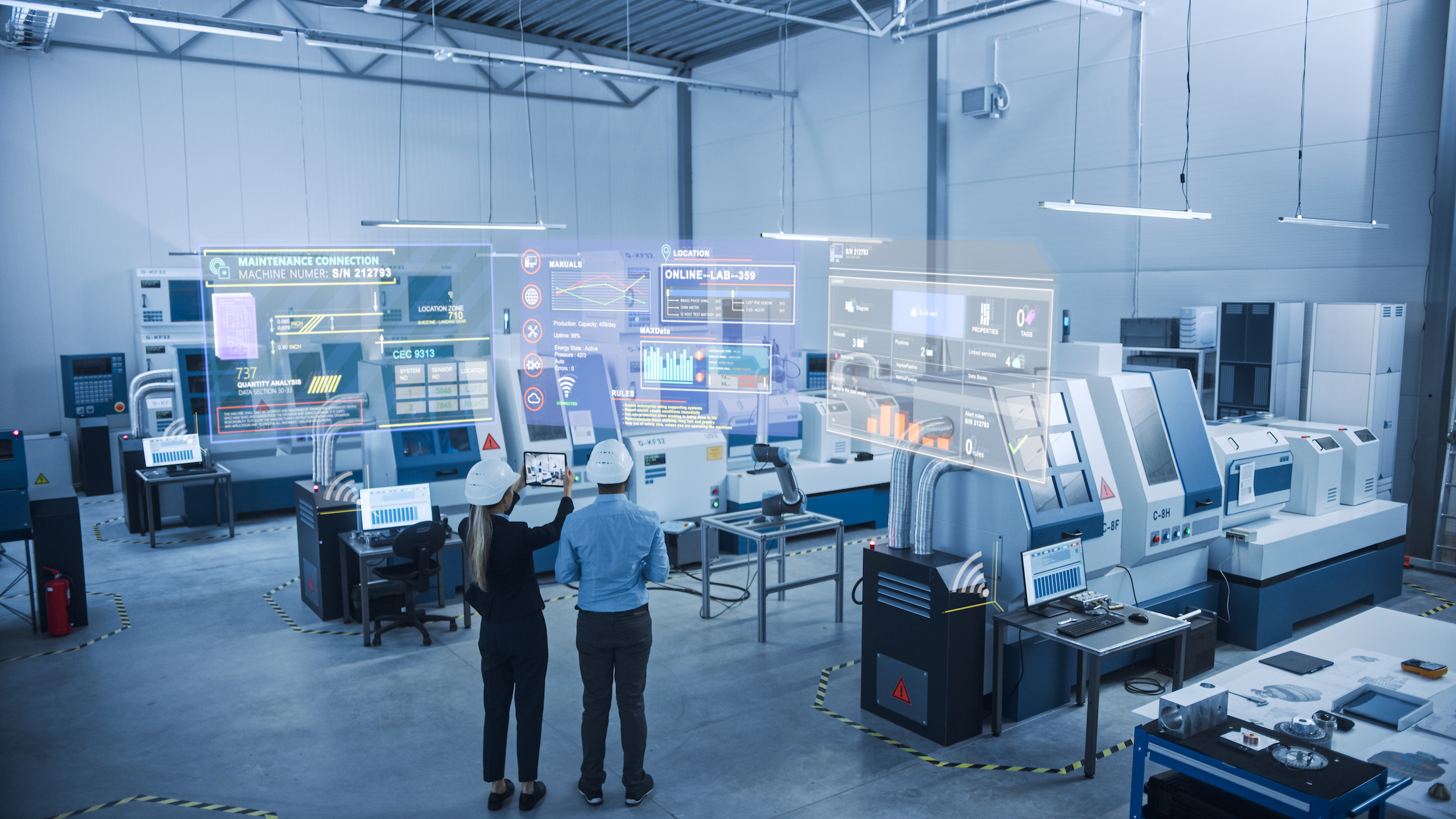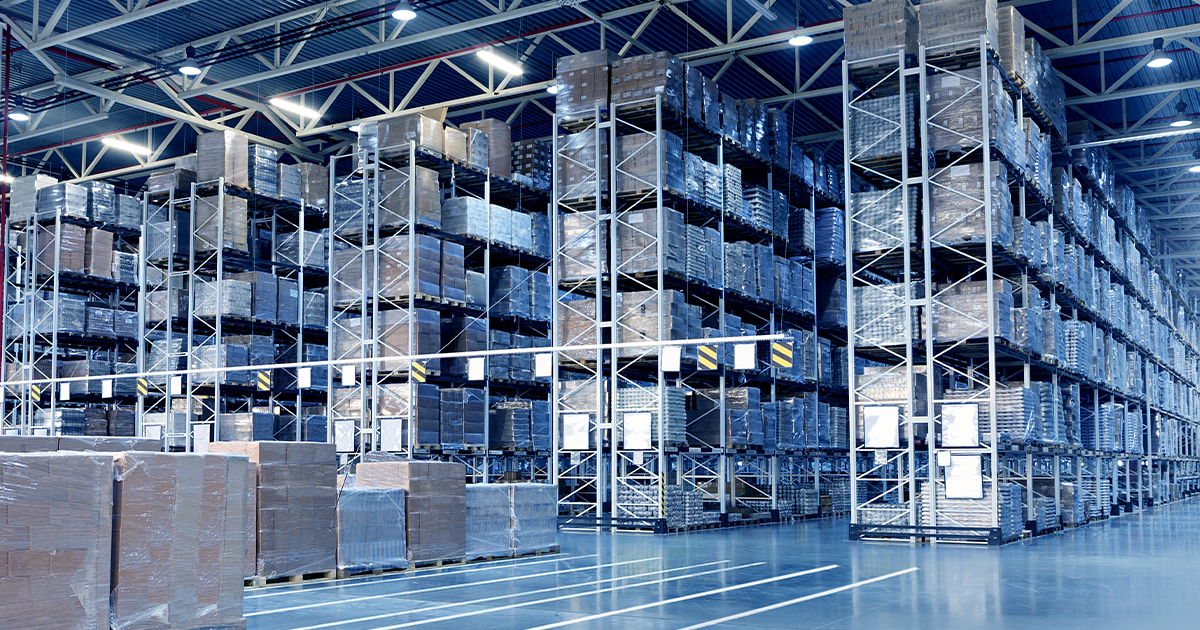Investments have helped prevent more than 17 million customer outages since 2011
ComEd in 2021 delivered some of its highest levels of year-over-year reliability as a result of power grid investments such as smart switches that reroute power around potential problem areas, new storm hardening and vegetation management solutions, and cable replacement. Since grid improvements began in 2011, overall reliability has improved 68 percent. ComEd has avoided more than 17 million outages for customers, saving more than $3 billion in outage costs.
Utilities must continue to invest in the power grid to address severe weather and rapid increases in renewable energy and electric vehicles. ComEd has proven itself as a national leader in the use of advanced technologies to benefit its customers and communities and ensure the region remains competitive.
“To meet the needs of our customers, ComEd continues to modernize the grid to deliver the reliable power that our customers and communities need to live, work and succeed in a 21st century economy,” said Terence Donnelly, president and chief operating officer of ComEd. “In the face of increasing and more intense weather events, our investments have enabled ComEd to reach new heights of reliability while laying the foundation for future technologies that expand renewables and support Illinois customers and communities as we transition to a clean energy economy.”
Grid investments have provided customers reliable power but have also paved the way for ComEd customers to realize the full potential of digital grid technology, providing access to more clean energy options like solar, wind and more. At the same time, ComEd’s rates today are among the most competitive in the nation: Average residential rates are 17 percent lower than the 10 top U.S. metro areas, and average commercial rates are 18 percent lower than the top 20 U.S. metro areas. As a percentage of residents’ median income, ComEd’s residential electricity cost is nearly the lowest in the country.
“Investments we’re making in the grid are already helping us reduce the number and duration of customer interruptions,” said Donnelly. “As we invest in technology that brings more renewable energy to the grid, we can both reduce emissions while improving the resiliency of the system.”
In August 2021, the Intergovernmental Panel on Climate Change (IPCC) released a report that outlined the widespread, rapid and intensifying impacts of the climate crisis due to fossil-fuel emissions. The report called out the need for the electric grid to be more resilient because it is often the last line of defense for residents and businesses.
In addition to producing strong power reliability, Illinois’ competitive electricity supply market helped to attract significant business expansion across ComEd’s northern Illinois service territory. In 2021 alone, ComEd’s Economic Development Team helped support the launch of 16 new industrial projects representing 548 MW of new committed capacity-enough to power 155,000 homes. These new projects will collectively support 4,700 new jobs and $3 billion in investment for the region.
“Reliable and clean energy are great assets to Illinois and top priorities for companies making location decisions,” said Intersect Illinois CEO Dan Seals. “ComEd’s investment in infrastructure is key to bringing business to the state.”




